6. Razor in the Flesh (1969)
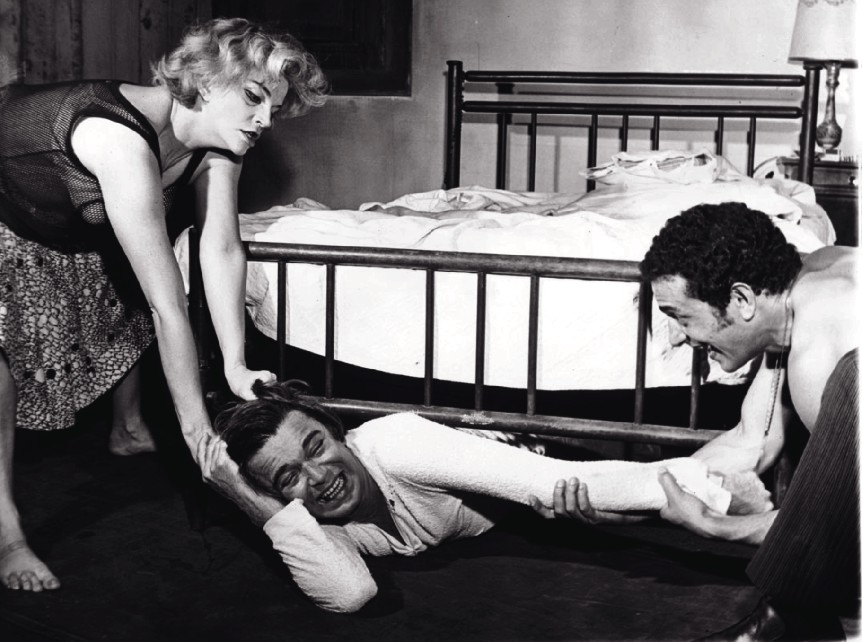
Brazilian director Braz Chediak was able to establish an oppressive atmosphere that is practically unbearable, beginning with closed plans and long planes-sequence, with a wise use of silence that goes beyond the almost 30 initial minutes only with diegetic sounds.
The corrosive text of Plínio Marcos, defended in a naturalistic way by the trio: Jece Valadão/Glauce Rocha/Emiliano Queiroz fills and consumes the claustrophobic environment, the fetid and disorganized room that serves as a microcosm of a hypocritical society.
The conflicts originated by acts of pure pettiness cause gratuitous aggressions, like a cancer that slowly spreads out of the organism. The pimp who takes pleasure in humiliating his prostitute, extravasating with physical and psychological violence, a coined homosexual desire, an element suggested in several scenes, pointing with sadism the signs of precocious aging in the woman who lives in the appearance.
In this pension room, collective hatred, born of social dissatisfaction and natural weariness in the face of empty rituals, brings the characters to the edge of resistance. Silence throughout the first act, more than a resource of style, also serves, with its unnaturalness, to emphasize the metaphorical characteristic of each subsequent dialogue.
All feelings are meticulously potentialized, for it is not a simple case that could stamp the headlines of a tabloid newspaper, but an existential poplar, tired beings trying to avoid imminent extinction due to natural evolution. They purge the truths from their lips, their words like sharp knives, like razors in the flesh, for they know that in that corrupt society in formation, only the lie would survive.
7. The Truth (1960)
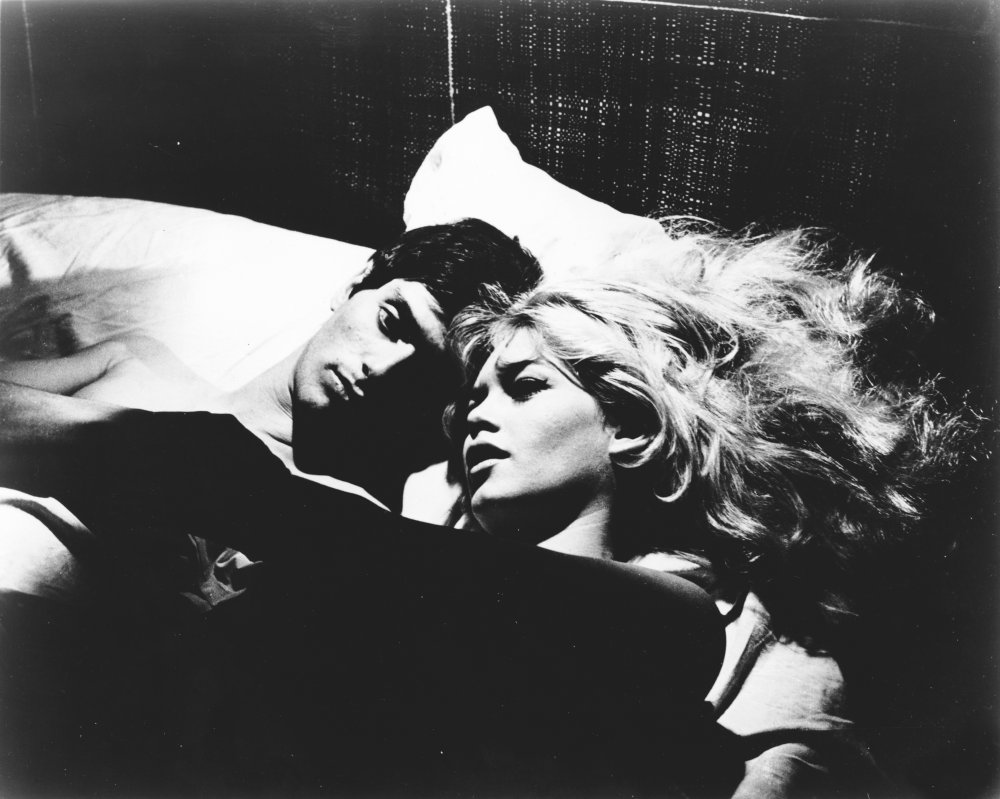
“The Truth” delivers good doses of sensuality in flashbacks, but in essence it’s a flawless courtroom drama. The actress had for the first time a material that truly challenged her. She plays the rapturous Dominique, who is accused of murdering her lover, played by Sami Frey, who was engaged to her timid sister. As we accompany her judgment and witness testimony, we are presented with the journey that has led her to that dreadful destiny.
The script was written by Clouzot and his wife, Vera Gibson-Amado, who would die soon after. The touch of genius is to make the viewer’s view of the young person change to each new situation revealed; the text urges us to judge every action on screen in an untimely manner, just as society does in the macrocosm, trying to reduce the complexity of feelings of humans to an easily identifiable pattern.
The girl is good or bad, without shades of gray. And the plot involves this simplification with the mantle of cruelty, the denial of empathy, the arrogant detachment from the vain figures of authority, lawyers, judge and jury, who see the girl as statistic, as one more case among many.
What matters, at the end of the day, is to be superior; defense and prosecution lawyers seek respectability, and as the clash lasts until the final hammer, the two defend only the money in the account. Whether or not the young woman will be condemned to death, other clients will come.
In a brilliant scene, the two professionals, in the heat of the silent battle arena, consciously omit for convenience snippets of a letter being read, shaping the facts without any remorse. It’s part of the job. What does truth matter to them?
Dominique stole her sister’s fiance with the clear intention of assaulting her, always so courteous and sweet, but the boy also acted wrong: he did not care about the bride’s feelings. After achieving his goal, she became disinterested in him, returned to his routine of parties and much flirting; the boy rebelled and became jealous.
It is here where the film delivers one of its most beautiful scenes, one of strong symbology. He is a conductor, he lives in music and in art, he likes to control everything. She, a force of nature, detached from social norms, free. Abandoned, the one who laughed in the face of conservatism, the one who believed to be so self-sufficient, enters hidden in its place of work and cries stupefying to see him ruling.
The greatness of that sound, so unlike anything she used to hear, activates something within her that had never been stimulated. Genuine love, not caring for child competition for attention, a feeling that does not go away by not being reciprocated, since it does not depend on acceptance. It simply exists. This moment further magnifies the brutal outcome of the work, adding precious layers, highlighting how fragile the concept of judgment is.
The journalists who covered the case, even before the last words were spoken, have already left the place. What matters is the headline, and what matters is to be the fastest to deliver the matter. The human material in this equation is garbage.
8. Westfront 1918 (1930)
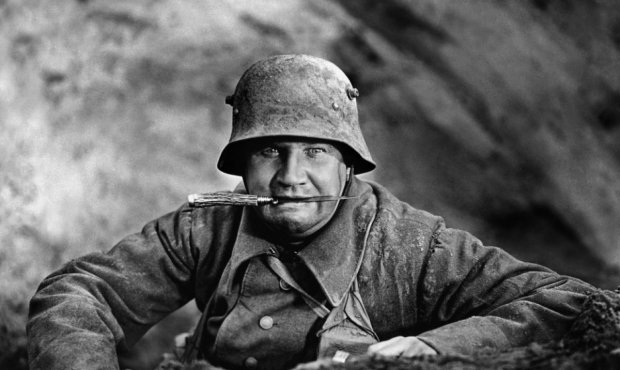
Radically different from what happens in the overestimated “All Quiet on the Western Front,” released that same year, which exhibited the anguish of World War I with a showy lacquer, the eye of the director GW Pabst, demonstrating security in his first foray into spoken cinema, is directed at the courageous de-romanization of combat, denying all possibilities of solving scenes by empowering action as a facilitator of any emotional catharsis, failing to exploit any moment that has violence as the main factor in the narrative.
He refuses the formulas of films of the genre, with his static camera capturing the destruction without aesthetic pretensions, also avoiding the common place that always inserts the military experience as defining element of the character of the soldiers.
The script, based on Ernst Johannsen’s book, shows that all those men would have made much more money if they had stayed in their homes; that war is stupid, a tremendous and absurd waste of time. Even the few moments of necessary fun that the film tackles in its first act, naive vaudeville presentations, are shown at a slow pace, evidencing the feeling of emptiness and disorientation.
The photograph of Fritz Arno Wagner, who had been responsible for Murnau’s “Nosferatu,” helps to give realism to the episodically structured scenes of the trenches, following the adventures of four soldiers placed in a grotesque reality, obeying orders to annihilate others strangers, but equal, who already consider themselves dead in life. It is also interesting how the script treats the desperate reality of the women of the soldiers, who were forced into prostitution, evidenced in the scene that shows the flagrance of a betrayal.
It’s beautiful the way the work ends, putting two dying enemy soldiers side by side. One no longer breathes, while the other recognizes no reason for the hatred that put them in that situation.
The strong message that remains in the mind after the session: to feel the presence of death, hand in hand, two victims in a simple need, the satiate of thirst. But the most powerful image remains that of the soldier collapsing emotionally on the battlefield, uttering a terrifying cry, contemplating the whole dimension of human insanity.
9. Tattooed Life (1965)
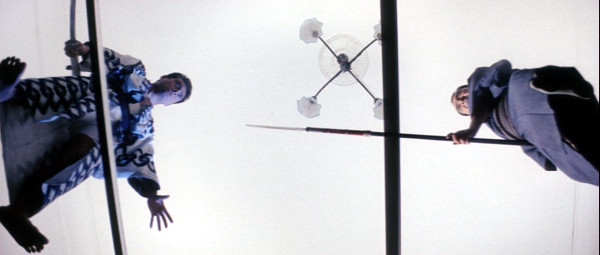
One of the biggest inspirations for Tarantino’s “Kill Bill.” That’s what you normally write when you approach this movie. It’s a tremendous injustice to reduce this spectacular masterpiece to the position of being an influencer of a smaller, yet popular and entertaining project.
Without revealing much about the plot, so as not to spoil the experience, it was the first time that Seijun Suzuki received an alert from his superiors about having gone too far in his style, which by itself already would be reason enough to arouse his interest and make him redouble his attention, especially in his magnificent outcome.
The story prompts emotional investment, something that is not usual in his filmography, so I consider it an excellent starting point. The second act has an intelligently slower pace, precisely to establish carefully the relationship between the brothers, especially their antagonistic motivations, which favors the psychedelic catharsis that occurs in the third act.
There is even less room in the script for a romantic subplot. “Tattooed Life” shows Suzuki mastering the perfect balance between his authorial inventions and the need to deliver a product of commercial value.
10. The Diamond Arm (1969)
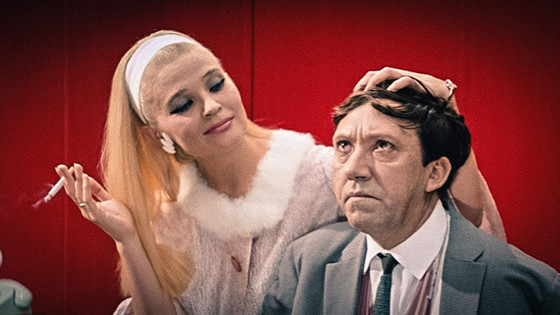
The idea is a satirical blend of James Bond films, which were extremely popular at the time, with a devious insight into the way of life of the Soviets. But what really stands out is how the libertarian script subverts the film conventions from the initial credits, which promise a prologue, division into parts and epilogue, an epic pretense that is already broken in the first sequence.
There is no prologue, there is no epilogue, and the second part is announced after an interval just minutes before the end. It is understandable the fame of the work in some countries: it is not a simple comedy, as it embraces varied strands, from slapstick to the more refined humor usually found in British films. The duo of Yuriy Nikulin (who was a circus clown) and Andrey Mironov lavishes charisma, especially in the superior third act.
Writer/director Leonid Gayday has some bright moments, like the scene of the young man who “walks on water.” He admired Chaplin, so the inspiration is clear in the clever use of silence.
Author Bio: Octavio Caruso is a Brazilian film critic and filmmaker, you can find him on https://www.facebook.com/cinema.octaviocaruso/.